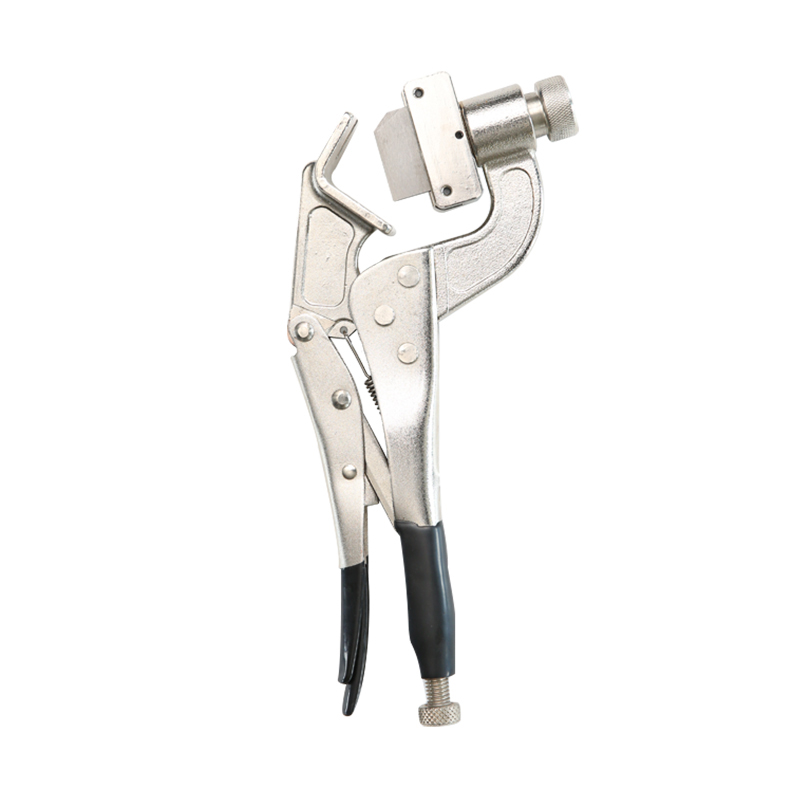 2025.05.23
2025.05.23
 Industry News
Industry News
When it comes to stripping cables for electrical or wiring projects, having the right tool is essential to ensure both efficiency and safety. The two primary tools available for this task are the Heavy Duty Cable Stripper and the standard cable stripper. Although both tools serve the same basic purpose — removing insulation from wires — they are designed for different applications and offer various advantages depending on the scope of the job. Understanding the differences between these two tools can help you determine which one is suited to your needs.

The Heavy Duty Cable Stripper is typically designed for more demanding tasks. It is constructed from stronger, more durable materials to handle thicker cables and tougher insulation. These tools often feature reinforced handles, heavy-duty blades, and a robust frame designed to withstand frequent use in industrial or commercial settings. The Heavy Duty Cable Stripper can handle a wide range of wire types, including large-gauge cables, which are common in power distribution systems or large electrical installations.
In contrast, the standard cable stripper is usually made from lighter materials and is more suited to smaller projects. While it may work well for general household wiring, such as stripping wires in home electrical systems or for smaller-scale projects, it may not provide the same durability or efficiency when dealing with tougher cables or high-volume tasks. The standard stripper typically works well for cables with moderate insulation thickness and smaller wire sizes.
The Heavy Duty Cable Stripper is designed to strip a wide variety of cables with different thicknesses and insulation types. It has adjustable settings, allowing the user to strip wires with varying diameters, making it a versatile tool for diverse projects. This adaptability is crucial in environments where multiple cable sizes and types need to be handled efficiently, such as in construction or industrial wiring projects. Additionally, the Heavy Duty Cable Stripper can often handle multi-conductor cables, making it an essential tool for professionals dealing with complex wiring tasks.
One of the key benefits of using a Heavy Duty Cable Stripper is its ability to work quickly and efficiently, even with high volumes of cables. This tool is designed for faster stripping, reducing the time it takes to prepare wires for connections. For large-scale projects, such as commercial electrical installations or industrial wiring, time efficiency is crucial. The Heavy Duty Cable Stripper can handle large batches of cables in a short amount of time, which helps speed up the overall workflow and ensures that the project stays on schedule.
In contrast, the standard cable stripper is generally slower and may require more effort to achieve the same results, particularly when dealing with larger or tougher cables. It is designed for smaller jobs and less intensive work, which means that while it may be sufficient for a few wires, it might struggle to keep up with larger projects that require more intensive stripping. This can result in delays in the project, especially if large quantities of cables need to be stripped.
Another important factor to consider when choosing between a Heavy cable Stripper and a standard cable stripper is the tool's ergonomics and ease of use. The Heavy Duty Cable Stripper is typically designed with comfort in mind, especially for extended use. Many models feature cushioned grips, adjustable handles, and leverage systems that make it easier to apply force without causing strain or discomfort. These features are especially useful for workers who need to strip cables for several hours at a time, reducing fatigue and increasing productivity.
Standard cable strippers, while functional for light work, often lack the ergonomic features found in Heavy Duty Cable Strippers. The design of these tools is more basic, and they may not be as comfortable to use for extended periods, especially when working with tougher materials or larger cables. Over time, prolonged use of a standard stripper may result in hand fatigue or discomfort, which could affect the quality of the work being performed.
The Heavy Duty Cable Stripper is typically more expensive than the standard cable stripper due to its advanced features, durability, and versatility. However, the higher cost is justified for professionals and businesses that require high-performance tools for demanding tasks. The durability and efficiency of a Heavy Duty Cable Stripper can save both time and money in the long run, as it can handle large-scale projects with reduced downtime and maintenance.